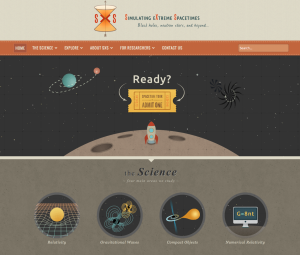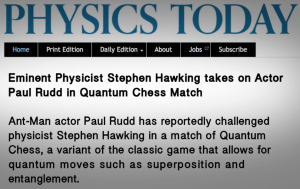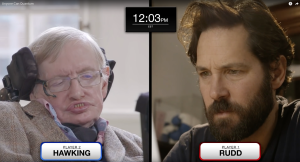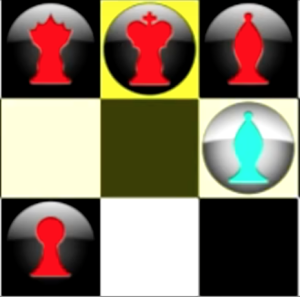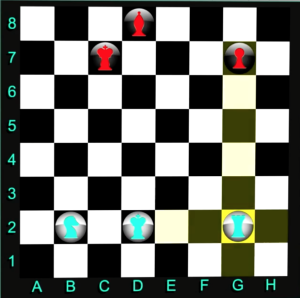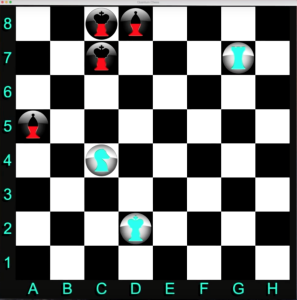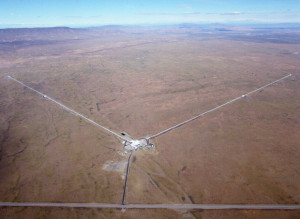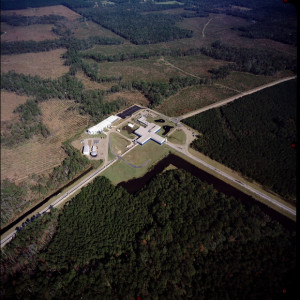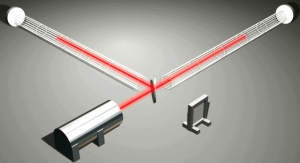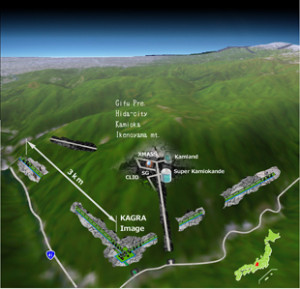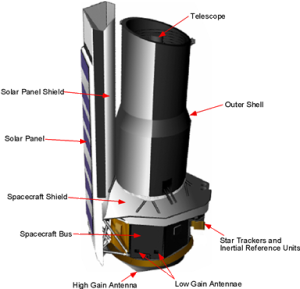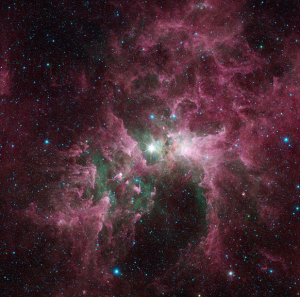Peter Lobner
Since late August 2017, the US LIGO 0bservatories in Washington and Louisiana and the European Gravitational Observatory (EGO), Virgo, in Italy, have been off-line for updating and testing. These gravitational wave observatories were set to start Observing Run 3 (O3) on 1 April 2019 and conduct continuous observations for one year. All three of these gravitational wave observatories have improved sensitivities and are capable of “seeing” a larger volume of the universe than in Observing Run 2 (O2).
Later in 2019, the Japanese gravitational wave observatory, KAGRA, is expected to come online for the first time and join O3. By 2024, a new gravitational wave observatory in India is expected to join the worldwide network.
On the advent of this next gravitational wave detection cycle, here’s is a brief summary of the status of worldwide gravitational wave observatories.
Advanced LIGO
The following upgrades were implemented at the two LIGO observatories since Observing Run 2 (O2) concluded in 2017:
- Laser power has been doubled, increasing the detectors’ sensitivity to gravitational waves.
- Upgrades were made to LIGO’s mirrors at both locations, with five of eight mirrors being swapped out for better-performing versions.
- Upgrades have been implemented to reduce levels of quantum noise. Quantum noise occurs due to random fluctuations of photons, which can lead to uncertainty in the measurements and can mask faint gravitational wave signals. By employing a technique called quantum “squeezing” (vacuum squeezing), researchers can shift the uncertainty in the laser light photons around, making their amplitudes less certain and their phases, or timing, more certain. The timing of photons is what is crucial for LIGO’s ability to detect gravitational waves. This technique initially was developed for gravitational wave detectors at the Australian National University, and matured and routinely used since 2010 at the GEO600 gravitational wave detector in Hannover, Germany,
In comparison to its capabilities in 2017 during O2, the twin LIGO detectors have a combined increase in sensitivity of about 40%, more than doubling the volume of the observable universe.
You’ll find more news and information on the LIGO website at the following link:
https://www.ligo.caltech.edu/news
GEO600
GEO600 is a modest-size laser interferometric gravitational wave detector (600 meter / 1,969 foot arms) located near Hannover, Germany. It was designed and is operated by the Max Planck Institute for Gravitational Physics, along with partners in the United Kingdom.
In mid-2010, GEO600 became the first gravitational wave detector to employ quantum “squeezing” (vacuum squeezing) and has since been testing it under operating conditions using two lasers: its standard laser, and a “squeezed-light” laser that just adds a few entangled photons per second but significantly improves the sensitivity of GEO600. In a May 2013 paper entitled, “First Long-Term Application of Squeezed States of Light in a Gravitational Wave Observatory,” researchers reported the following results of operational tests in 2011 and 2012.
“During this time, squeezed vacuum was applied for 90.2% (205.2 days total) of the time that science-quality data were acquired with GEO600. A sensitivity increase from squeezed vacuum application was observed broadband above 400 Hz. The time average of gain in sensitivity was 26% (2.0 dB), determined in the frequency band from 3.7 to 4.0 kHz. This corresponds to a factor of 2 increase in the observed volume of the Universe for sources in the kHz region (e.g., supernovae, magnetars).”
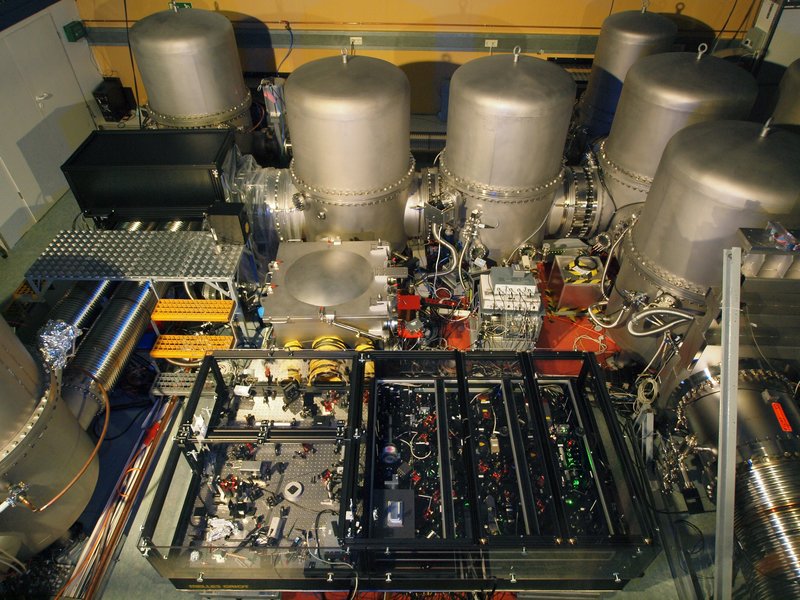
Source: http://www.geo600.org/15581/1-High-Tech
While GEO600 has conducted observations in coordination with LIGO and Virgo, GEO600 has not reported detecting gravitational waves. At high frequencies GEO600 sensitivity is limited by the available laser power. At the low frequency end, the sensitivity is limited by seismic ground motion.
You’ll find more information on GEO600 at the following link:
http://www.geo600.org/3020/About-GEO600
Advanced Virgo, the European Gravitational Observatory (EGO)
At Virgo, the following upgrades were implemented since Observing Run 2 (O2) concluded in 2017:
- The steel wires used during O2 observation campaign to suspend the four main mirrors of the interferometer have been replaced. The 42 kg (92.6 pound) mirrors now are suspended with thin fused-silica (glass) fibers, which are expected to increase the sensitivity in the low-medium frequency region. The mirrors in Advanced LIGO have been suspended by similar fused-silica fibers since those two observatories went online in 2015.
- A more powerful laser source has been installed, which should improve sensitivity at high frequencies.
- Quantum “squeezing” has been implemented in collaboration with the Albert Einstein Institute in Hannover, Germany. This should improve the sensitivity at high frequencies.
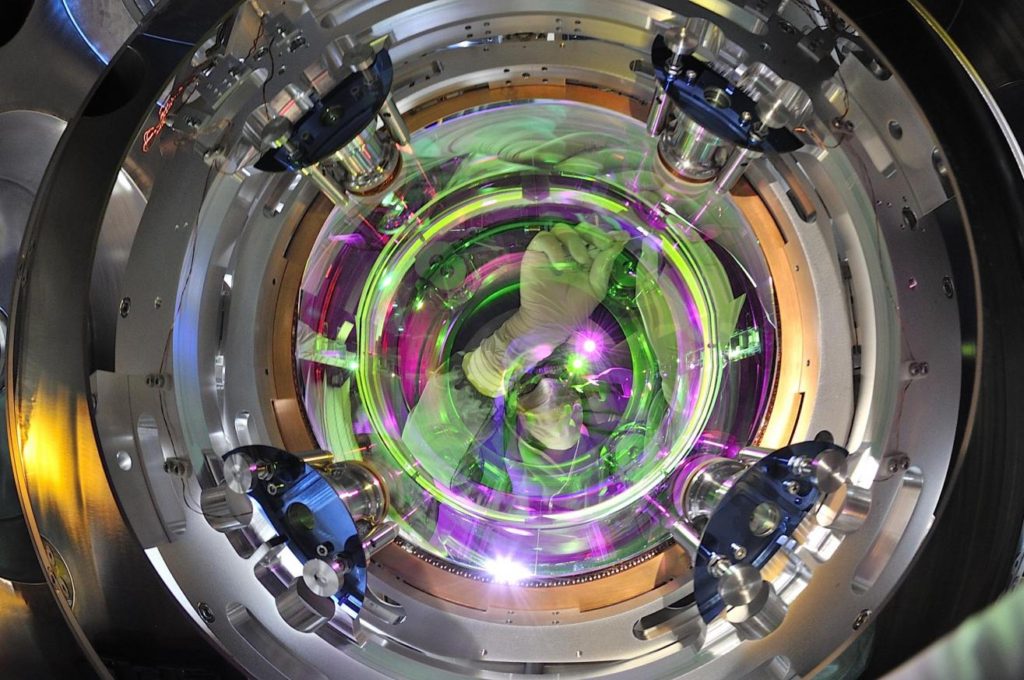
Source: EGO/Virgo Collaboration/Perciballi
In comparison to its capabilities in 2017 during O2, Virgo sensitivity has been improved by a factor of about 2, increasing the volume of the observable universe by a factor of about 8.
You’ll find more information on Virgo at the following link:
Japan’s KAGRA
KAGRA is a cryogenically-cooled laser interferometer gravitational wave detector that is sited in a deep underground cavern in Kamioka, Japan. This gravitational wave observatory is being developed by the Institute for Cosmic Ray Research (ICRR) of the University of Tokyo. The project website is at the following link:
https://gwcenter.icrr.u-tokyo.ac.jp/en/
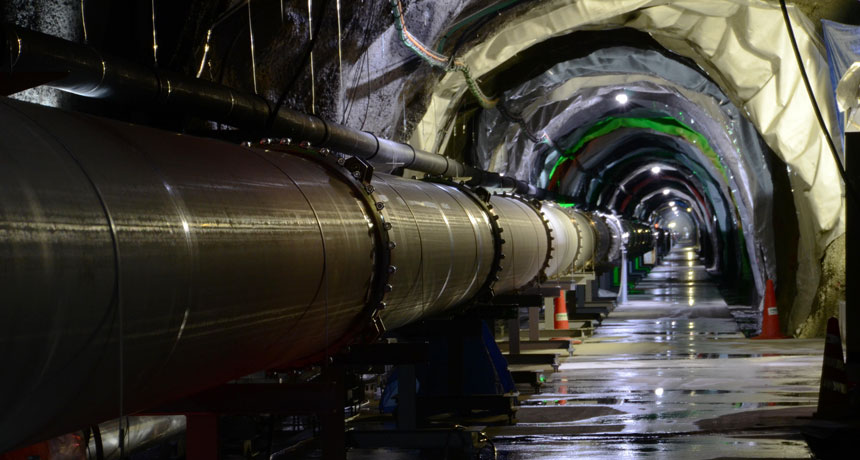
Source: ICRR, University of Tokyo
The cryogenic mirror cooling system is intended to cool the mirror surfaces to about 20° Kelvin (–253° Celsius) to minimize the motion of molecules (jitter) on the mirror surface and improve measurement sensitivity. KAGRA’s deep underground site is expected to be “quieter” than the LIGO and VIRGO sites, which are on the surface and have experienced effects from nearby vehicles, weather and some animals.
The focus of work in 2018 was on pre-operational testing and commissioning of various systems and equipment at the KAGRA observatory. In December 2018, the KAGRA Scientific Congress reported that, “If our schedule is kept, we expect to join (LIGO and VIRGO in) the latter half of O3…” You can follow the latest news from the KAGRA team here:
https://gwcenter.icrr.u-tokyo.ac.jp/en/category/latestnews
LIGO-India
IndIGO, the Indian Initiative in Gravitational-wave Observations, describes itself as an initiative to set up advanced experimental facilities, with appropriate theoretical and computational support, for a multi-institutional Indian national project in gravitational wave astronomy. The IndIGO website provides a good overview of the status of efforts to deploy a gravitational wave detector in India. Here’s the link:
http://www.gw-indigo.org/tiki-index.php?page=Welcome
On 22 January 2019, T. V. Padma reported on the Naturewebsite that India’s government had given “in-principle” approval for a LIGO gravitational wave observatory to be built in the western India state of Maharashtra.
“India’s Department of Atomic Energy and its Department of Science and Technology signed a memorandum of understanding with the US National Science Foundation for the LIGO project in March 2016. Under the agreement, the LIGO Laboratory — which is operated by the California Institute of Technology (Caltech) in Pasadena and the Massachusetts Institute of Technology (MIT) in Cambridge — will provide the hardware for a complete LIGO interferometer in India, technical data on its design, as well as training and assistance with installation and commissioning for the supporting infrastructure. India will provide the site, the vacuum system and other infrastructure required to house and operate the interferometer — as well as all labor, materials and supplies for installation.”
India’s LIGO observatory is expected to cost about US$177 million. Full funding is expected in 2020 and the observatory currently is planned for completion in 2024. India’s Inter-University Centre for Astronomy and Astrophysics (IUCAA), also in Maharashtra state, will lead the project’s gravitational-wave science and the new detector’s data analysis.
For T. V. Padma’s complete article, refer to:
https://www.nature.com/articles/d41586-019-00184-z.
Spatial resolution of gravitational wave events
Using only the two US LIGO detectors, it is not possible to localize the source of gravitational waves beyond a broad sweep through the sky. On 1 August 2017, Virgo joined LIGO during the second Observation Run, O2. While the LIGO-Virgo three-detector network was operational for only three-and-a-half weeks, five gravitational wave events were observed. As shown in the following figure, the spatial resolution of the source was greatly improved when a triple detection was made by the two LIGO observatories and Virgo. These events are labeled with the suffix “HLV”.
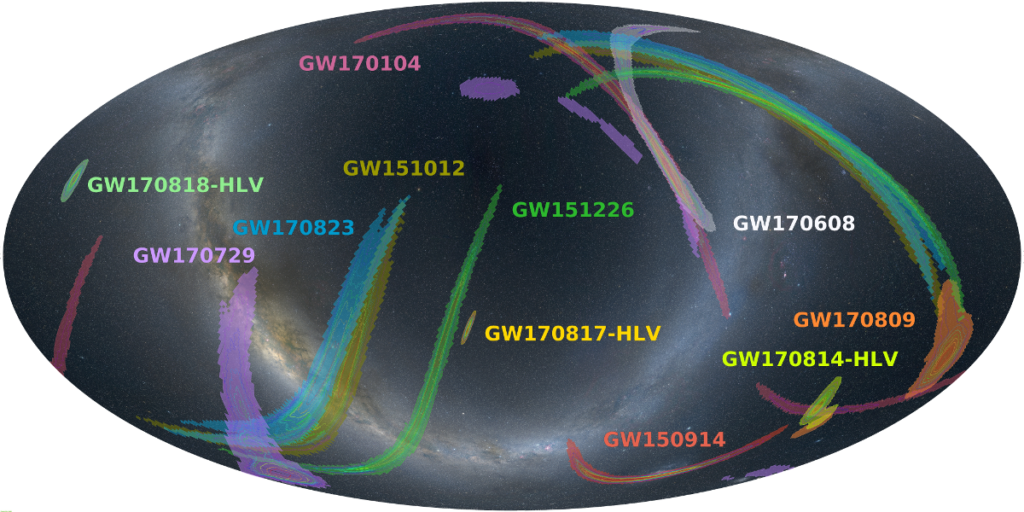
The greatly reduced areas of the triple event localizations demonstrate the capabilities of the current global gravitational wave observatory network to resolve the source of a gravitational-wave detection. The LIGO and Virgo Collaboration reports that it can send Open Public Alerts within five minutes of a gravitational wave detection.
With timely notification and more precise source location information, other land-based and space observatories can collaborate more rapidly and develop a comprehensive, multi-spectral (“multi-messenger”) view of the source of the gravitational waves.
When KAGRA and LIGO-India join the worldwide gravitational wave detection network, it is expected that source localizations will become 5 to 10 times more accurate than can be accomplished with just the LIGO and Virgo detectors.
For more background information on gravitational-wave detection, see the following Lyncean posts:
- 19 April 2018: Gravitational Waves Come in Colors, https://lynceans.org/all-posts/4381/
- 25 October 2017: Linking Gravitational Wave Detection to the Rest of the Observable Spectrum,https://lynceans.org/all-posts/linking-gravitational-wave-detection-to-the-rest-of-the-observable-spectrum/
- 17 February 2017: Perspective on the Detection of Gravitational Waves,https://lynceans.org/all-posts/perspective-on-the-detection-of-gravitational-waves/
- 27 September 2016: Space-based Gravity Wave Detection System to be Deployed by ESA, https://lynceans.org/all-posts/space-based-gravity-wave-detection-system-to-be-deployed-by-esa/
- 11 February 2016: NSF and LIGO Team Announce First Detection of Gravitational Waves, https://lynceans.org/all-posts/nsf-and-ligo-team-announce-first-detection-of-gravitational-waves/
- 16 December 2015: 100th Anniversary of Einstein’s General Theory of Relativity and the Advent of a New Generation of Gravity Wave Detectors, https://lynceans.org/all-posts/1100th-anniversary-of-einsteins-theory-of-general-relativity-and-the-advent-of-a-new-generation-of-gravity-wave-detectors/
